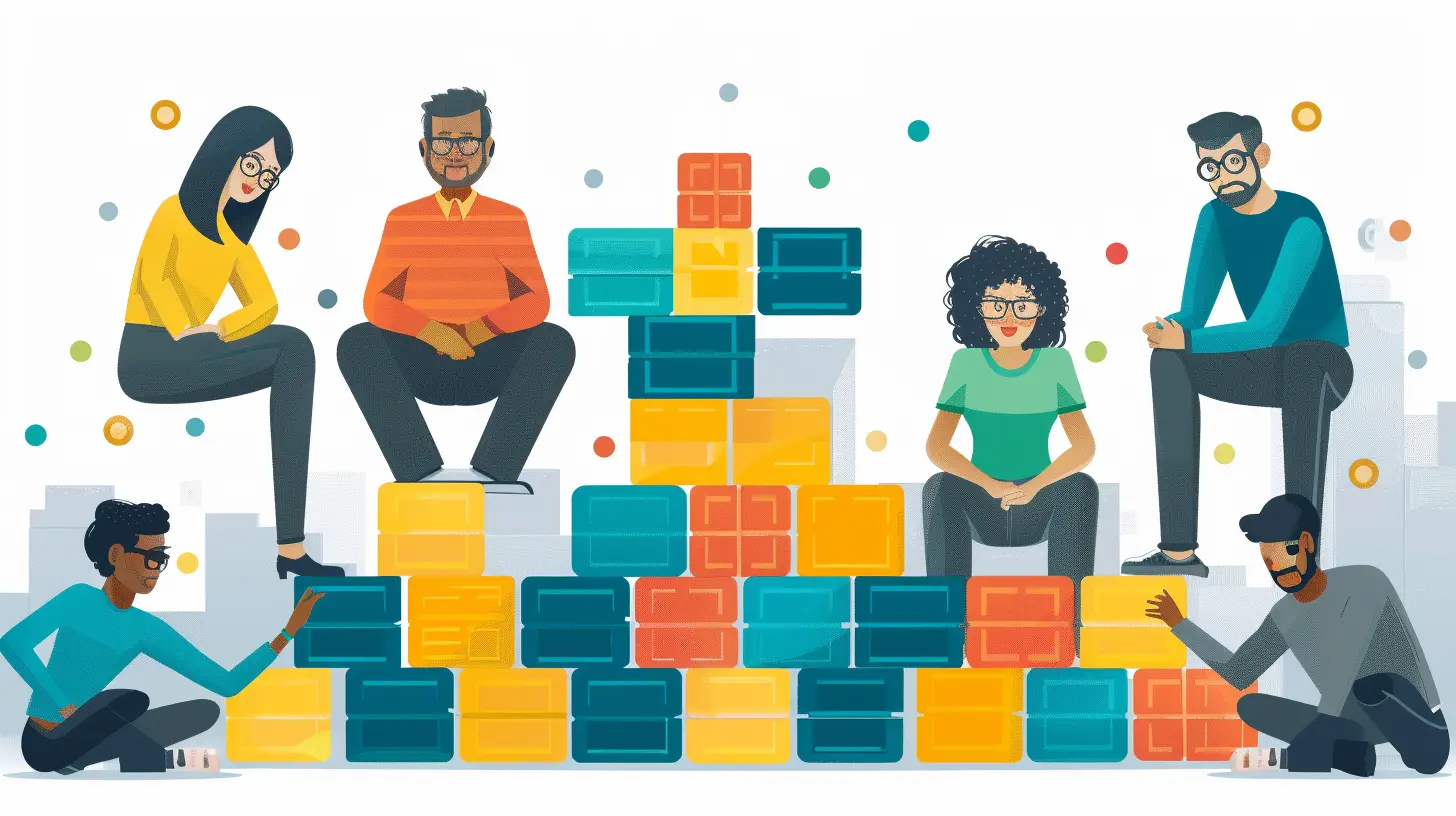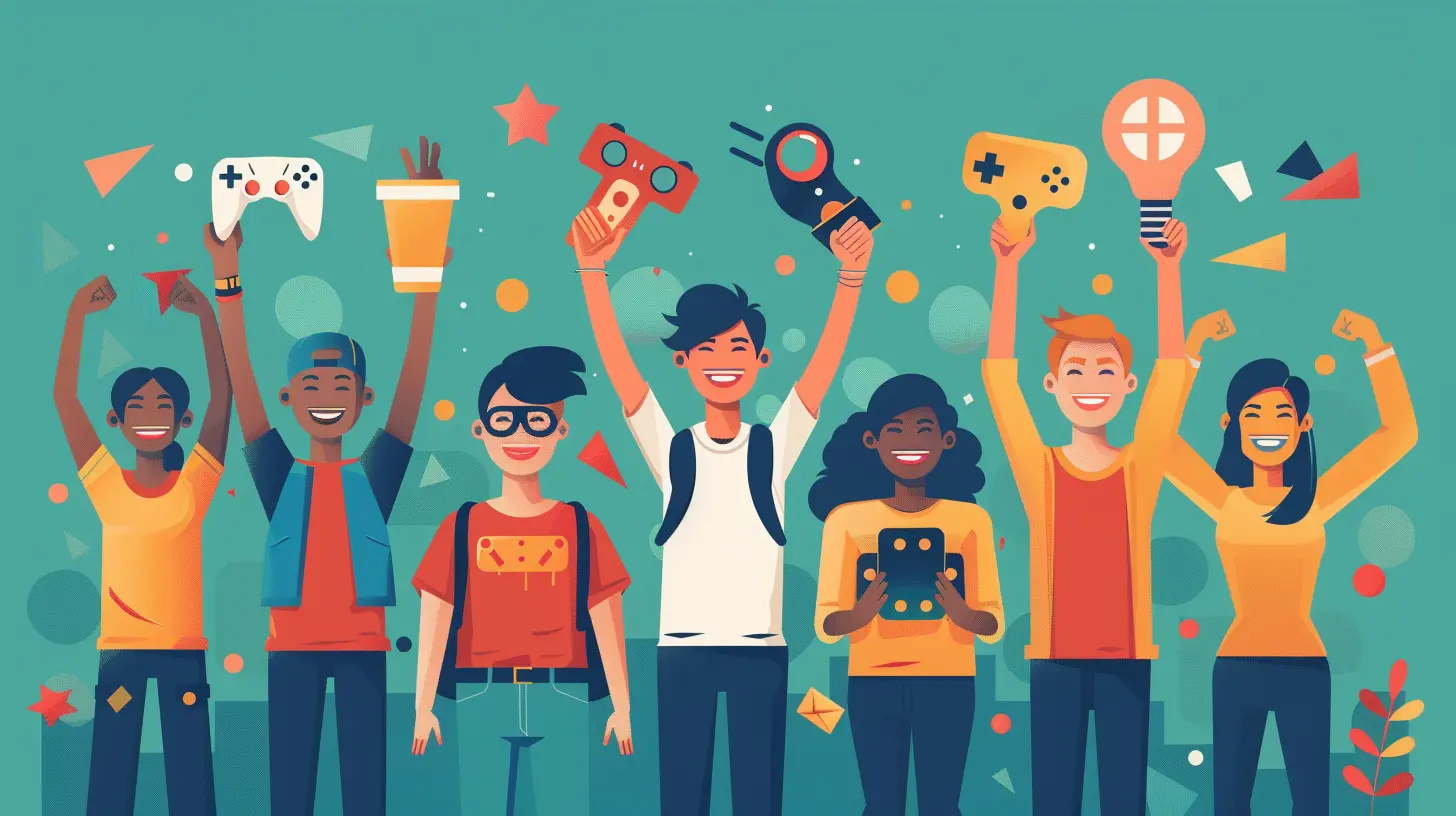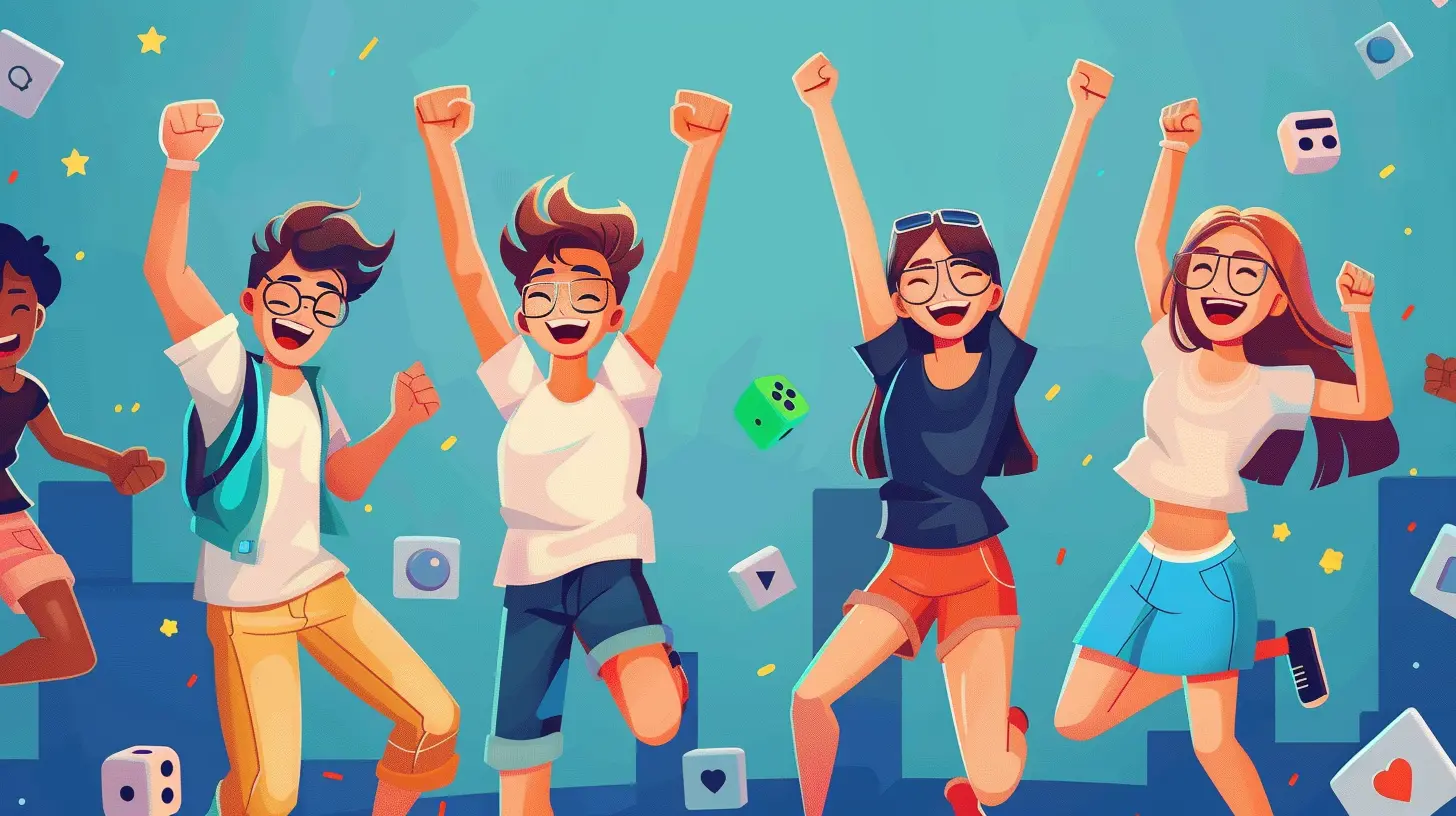How Gamification Can Enhance Your Team Building Initiatives
10 October 2025
Let's face it—team building can get a bad rap. The moment someone says, “Let’s do a team-building activity,” people start to roll their eyes, brace themselves for awkward ice-breakers, or mentally check out. But what if we could flip that script? What if team building was actually fun, engaging, and—get this—something your team looks forward to?
That’s where gamification steps in.
Gamification isn’t just a buzzword tossed around in tech or marketing departments. It’s a powerful tool that, when used right, can completely transform how your team connects, collaborates, and grows together.
In this article, we’ll break down exactly how gamification can enhance your team building initiatives, why it works so well, and how you can start implementing it—whether your team is in the office, remote, or spread across multiple time zones.
What Is Gamification Anyway?
At its core, gamification means taking elements commonly found in games—think points, levels, leaderboards, challenges, and rewards—and applying them in non-game settings. In this case: the workplace.But it’s not just about slapping on a scoring system and calling it a day. True gamification taps into human psychology—our desire for recognition, achievement, and progress. When done properly, it motivates people to engage more, cooperate better, and even have some fun along the way.
Why Gamification Works for Team Building
1. It Sparks Engagement (Even From the Quiet Ones)
Let’s be real—most team building efforts fall flat because people just aren’t into it. No one likes being forced into an activity that feels pointless or awkward. But games? That’s a different story.Gamification turns participation into a game instead of a chore. With elements like scores, challenges, and rewards, people want to join in—even the introverts who usually shy away from group activities. Why? Because there's structure, goals, and a safe environment to interact.
2. It Builds Healthy Competition—and Collaboration
A little friendly competition can light a fire under any team. But it’s not just about winning. When you use gamification right, everyone is pushing toward a shared goal. Yes, there can be individual wins, but the real prize is collective progress.Think team scavenger hunts, problem-solving races, or escape rooms (virtual or physical). People have to collaborate, delegate, and communicate—naturally building trust and bonding along the way.
3. It Provides Immediate Feedback
Nobody likes waiting for feedback, especially in team dynamics where confusion can snowball into conflict. Gamified systems give instant feedback—points earned, badges unlocked, levels cleared—which reinforces positive behavior and shows where you need to improve.It’s like having a GPS for teamwork. Take a wrong turn? You’re redirected. Stay on track? You get rewarded.
4. It Taps Into Motivation Beyond Paychecks
Sure, salaries get people through the door, but they’re not what lights the fire to grow, push boundaries or improve communication. Gamification offers an extra layer of motivation—badges, titles, shout-outs, or even just the satisfaction of crossing the finish line.These small incentives can ignite big changes in how your team shows up for each other.
Real-World Examples of Gamification in Team Building
Let's bring this to life with a few examples.Google’s Code Jam
You probably know Google hires top talent. But did you know they use gamification to find those stars? Enter Code Jam—a global coding competition where developers solve puzzles for points and prestige. Google gets to evaluate teamwork and problem-solving skills in action, while participants have fun competing.Now, imagine adapting this to your own industry. Instead of coding puzzles, maybe it's sales challenges, design sprints, or brainstorming games—with leaderboards and prizes.
Deloitte’s Leadership Academy
Deloitte gamified its executive training programs by awarding badges and featuring leaderboards. The result? Engagement shot up by 37%. Trainees were completing lessons faster and retaining more.If you’re running any kind of internal training or development program, this is your cue to infuse it with game mechanics.
Cisco’s Social Media Training
Cisco wanted employees to become social media-savvy. So they launched a gamified program featuring levels, challenges, and competition. The outcome? More participation, better retention, and a team that actually wanted to finish the training.
Gamification Doesn't Mean Playing Games All Day
Let’s clear something up—gamification isn’t about turning your workplace into an arcade. (Although office Pac-Man tournaments do sound fun.)It’s about integrating game thinking into real tasks and goals.
Gamification can be as subtle as using a points-based system for team contributions or as robust as a full-blown virtual treasure hunt. The key is to align the game mechanics with your team’s objectives and dynamics.
How to Gamify Your Team Building Initiatives
Ready to roll up your sleeves and get started? Here’s a step-by-step guide.Step 1: Define Clear Objectives
What do you want to achieve? Improved collaboration? Better communication? More innovation?Be specific. Once you have your goals set, you’ll be able to design challenges and rewards that drive the right behaviors.
Step 2: Choose the Right Game Mechanics
Not all game elements work for every team. Choose the ones that suit your team's culture and goals. Here are a few popular options:- Points: For tasks completed, ideas shared, or goals hit.
- Badges: To recognize special skills or achievements.
- Leaderboards: To showcase top performers (transparency = motivation).
- Challenges: Short-term tasks to encourage creative thinking.
- Levels: To unlock new opportunities or responsibilities.
Mix and match based on what feels natural to your workplace vibe.
Step 3: Create Meaningful Rewards
This doesn’t mean you need to hand out vacations or expensive gadgets (although those would be nice). Rewards can be simple—a team lunch, a shout-out in the company newsletter, or even just bragging rights.The trick is to make the reward feel valuable, personalized, and worth the effort.
Step 4: Encourage Team Participation
This is not a one-player game. The more people involved, the more impactful the experience. Promote inclusion by creating tasks that require diverse skills—so everyone has a role to play.Also, consider team-based rewards to foster group motivation over individual rivalry.
Step 5: Track Progress and Adjust As Needed
Don’t set it and forget it.Monitor how your gamification efforts are performing. Are people engaged? Are they learning? Collaborating better? If not, tweak the game mechanics, shake up the challenges, or ask for feedback directly from your team.
Gamification is all about iteration—the same way you'd tweak a video game to make it more fun.
Gamification Ideas You Can Try Today
Need a little inspiration? Here are quick and simple gamification ideas you can roll out right away:- Team Trivia Tuesdays: Foster friendly competition while flexing some brain muscles.
- “Mission Possible” Challenges: Assign a fun weekly mission like “Pitch a product with only emojis.”
- Leaderboard for Daily Wins: Celebrate small wins like “Helped a teammate” or “Came up with a new idea.”
- Virtual Scavenger Hunt: Great for remote teams and easy to organize.
- Kudos Coins: Create a virtual currency employees can give each other and redeem for perks.
Remember, the goal is to make meaningful work feel like play.
Remote Teams? Gamification Still Works
Remote or hybrid teams can sometimes feel disconnected. But gamification actually thrives in digital environments. Why? Because digital tools make it easy to track progress, display scores, and communicate feedback—instantly.Use platforms like Slack, Microsoft Teams, or Trello to set up challenges, assign missions, and celebrate wins. Add plugins like Karma or QuizBreaker to gamify engagement. Just because your team doesn’t share the same office doesn’t mean they can’t share the same excitement.
Common Pitfalls to Avoid
Okay, before you go full Hunger Games on your team, let’s go over a few “don’ts.”- Don’t focus only on competition. Not everyone is a born competitor, and too much rivalry can backfire.
- Don’t make it overly complex. Keep the rules, rewards, and processes simple.
- Don’t forget the point. The game should support real team-building goals—not distract from them.
- Don’t leave anyone behind. Make sure everyone has the chance (and skills) to participate meaningfully.
So, Is Gamification Worth It?
Absolutely. In a world where attention spans are shrinking and workplace dynamics are changing, gamification offers a fresh, effective way to unite, motivate, and grow your team.It’s not just a gimmick—it’s a strategy grounded in psychology and proven to boost productivity, morale, and team cohesion.
If you’re tired of the same old team-building drills, it might be time to turn your workplace into a playground—one where people learn, bond, and thrive, all while having a bit of fun.
Now, tell me—that doesn’t sound like a game worth playing?
all images in this post were generated using AI tools
Category:
Team BuildingAuthor:

Matthew Scott
Discussion
rate this article
1 comments
Mariana Hunter
Turning team building into a treasure hunt? Yes, please! Who knew a little competition could unleash creativity and camaraderie? Let the office become a playground—just watch out for the flying rubber chickens! 🐔🎉
October 25, 2025 at 3:09 AM

Matthew Scott
Absolutely! Gamification like treasure hunts not only sparks creativity but also strengthens team bonds. Let's turn those office challenges into fun adventures! 🎉


